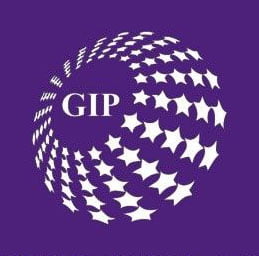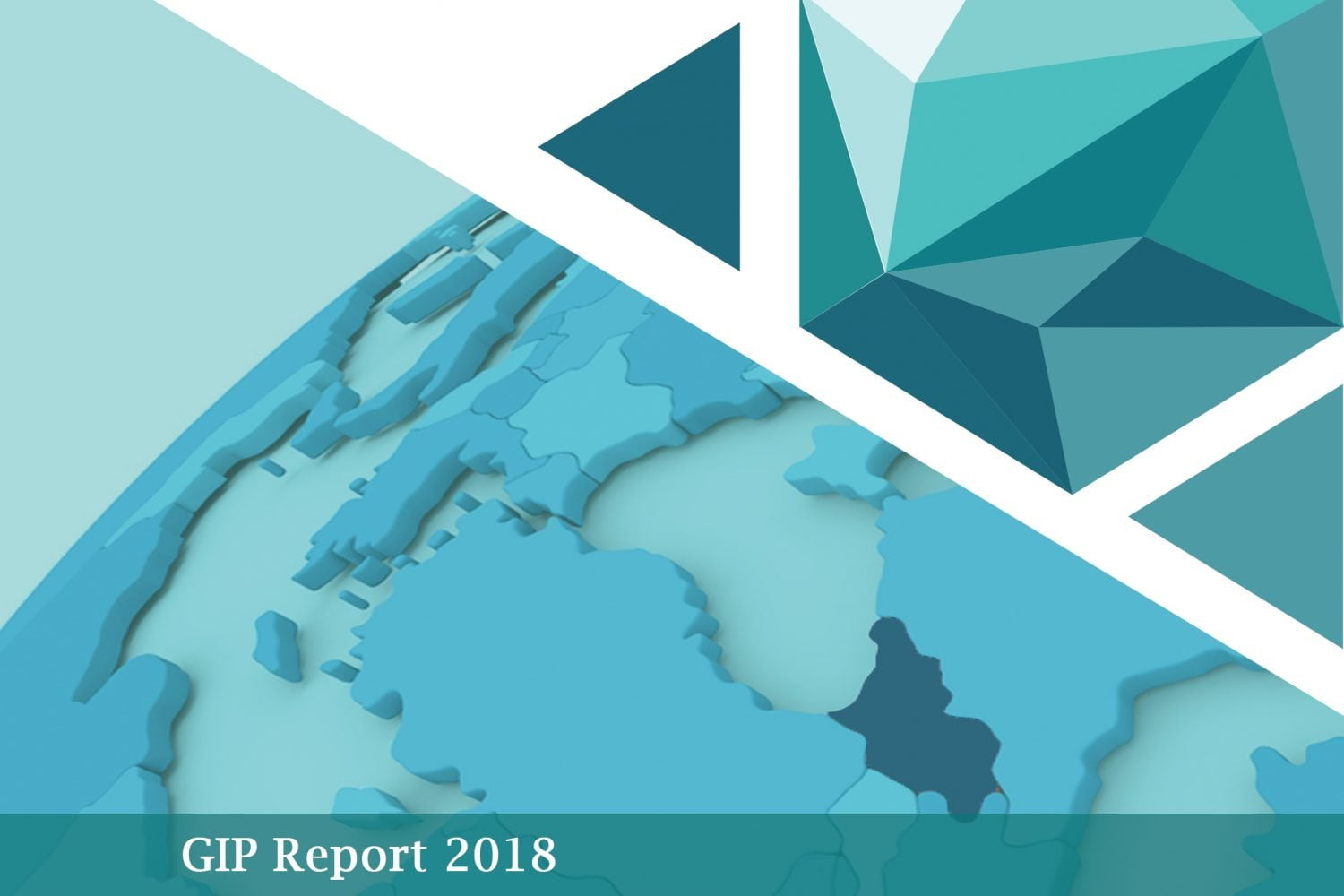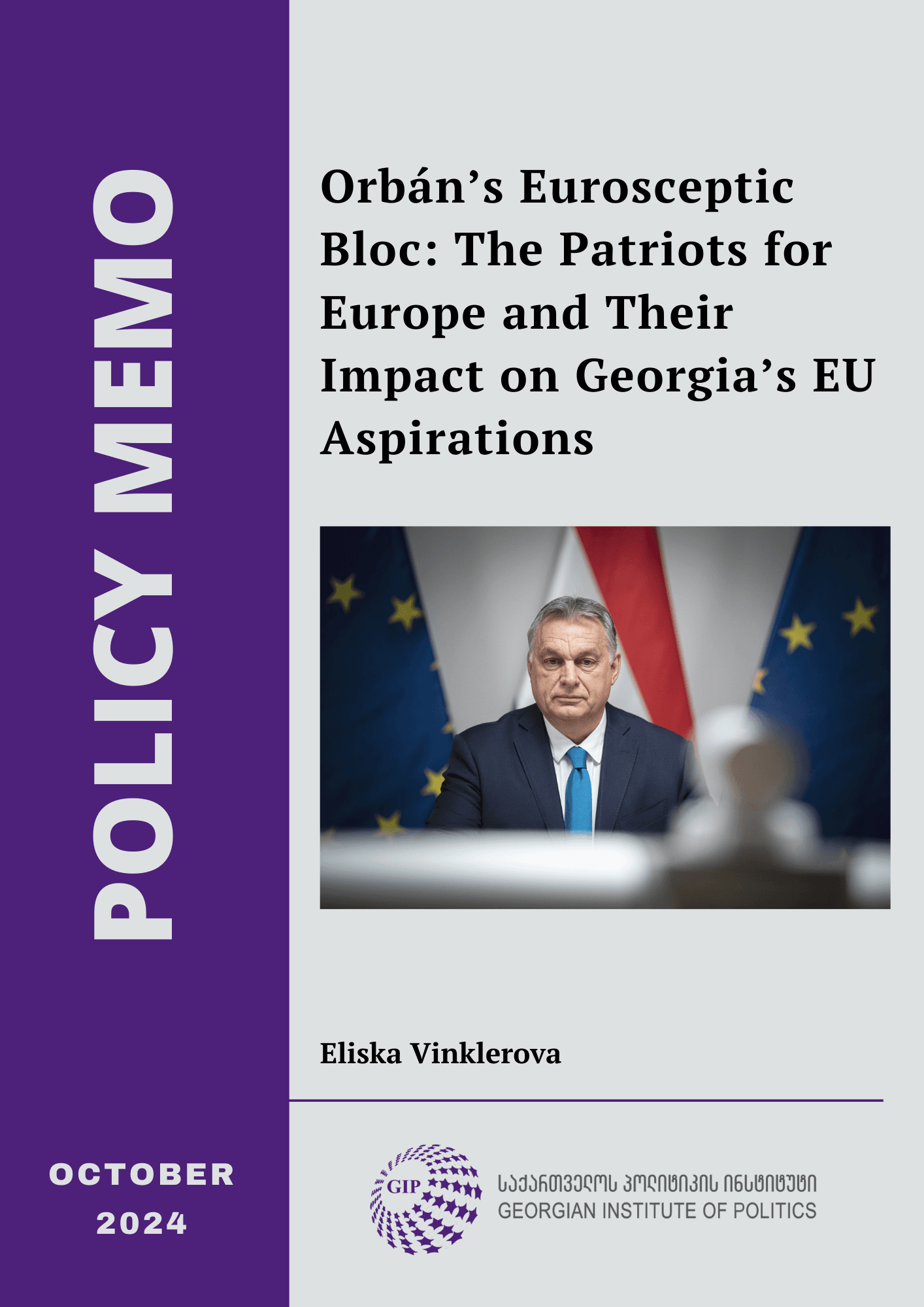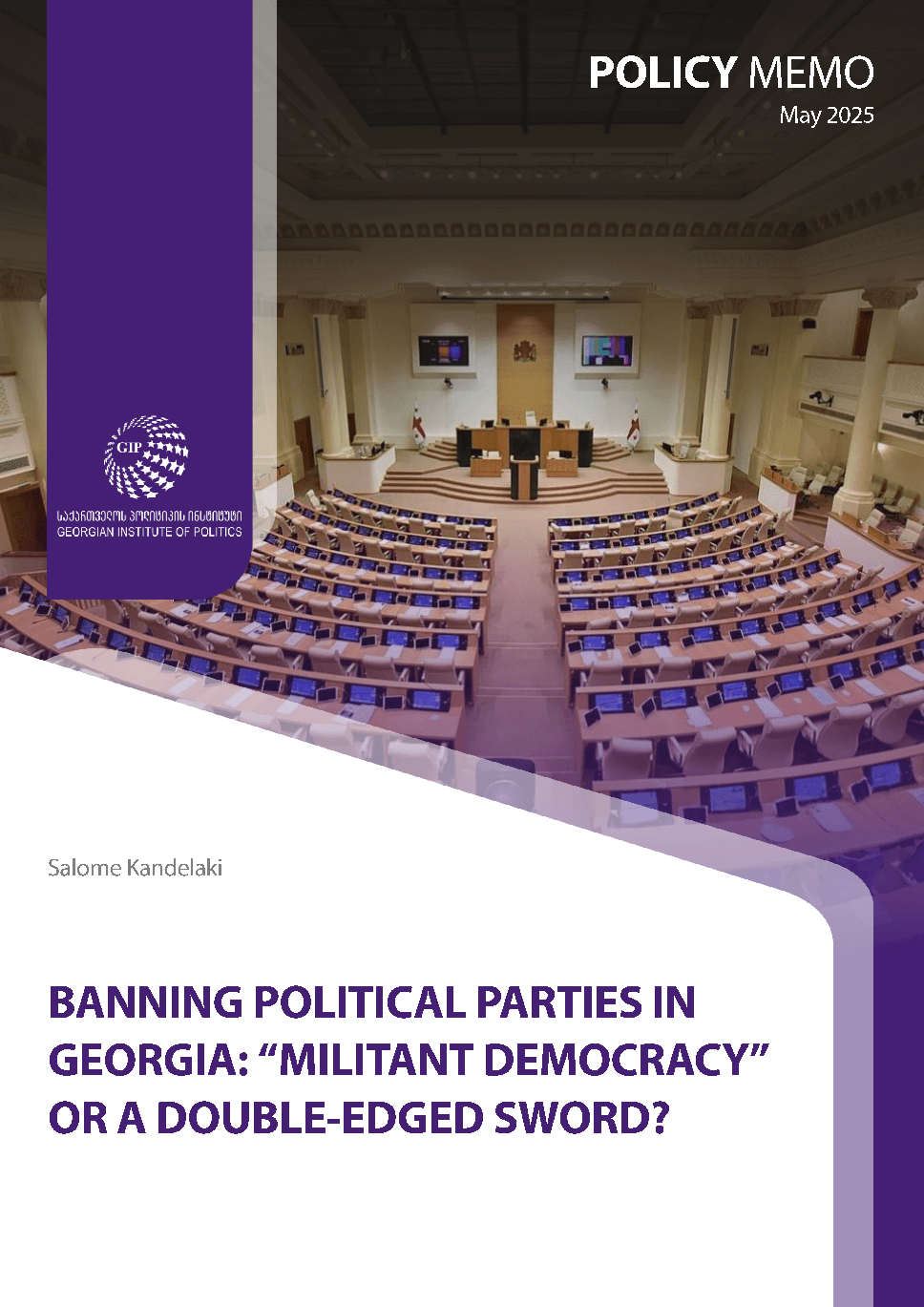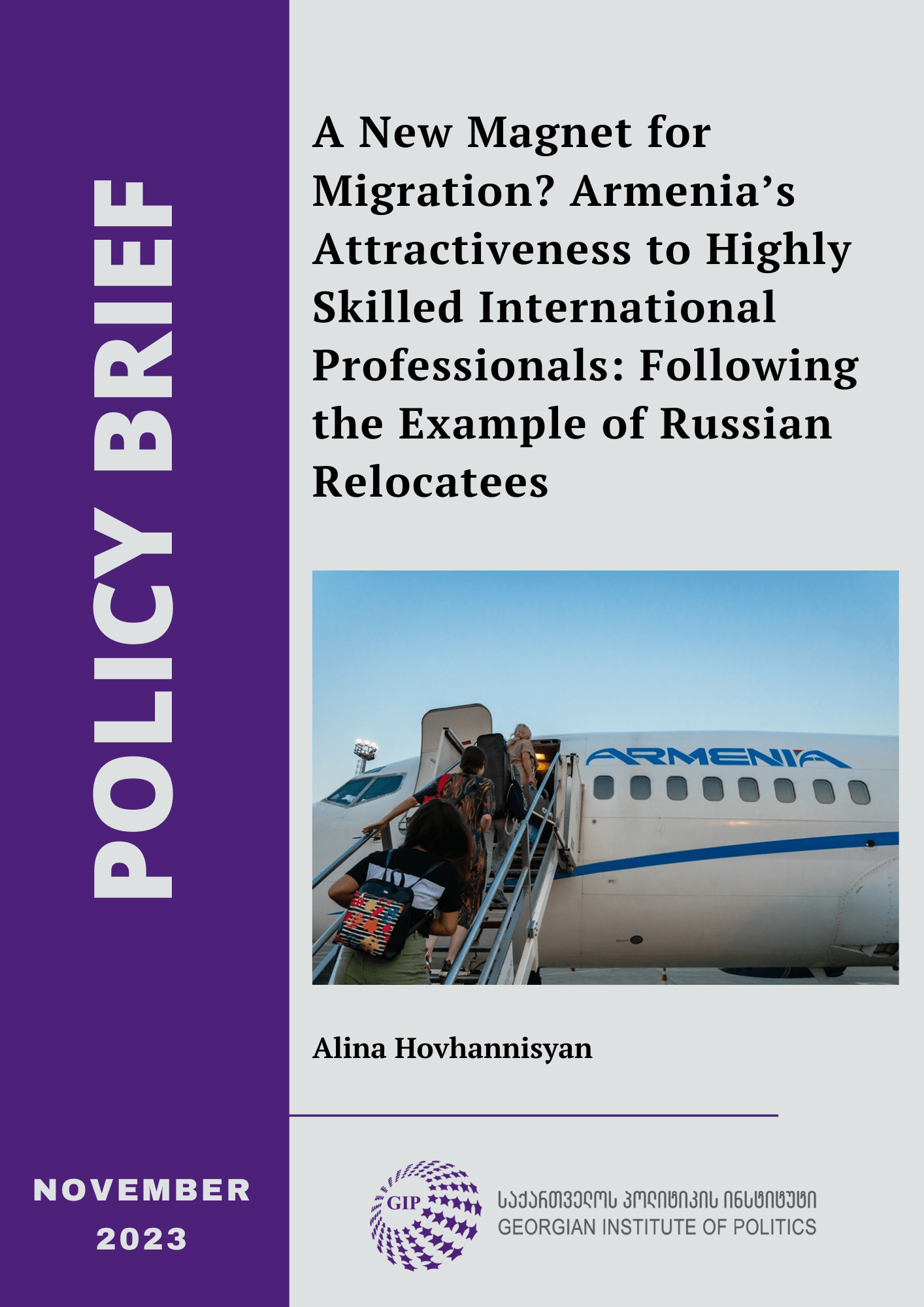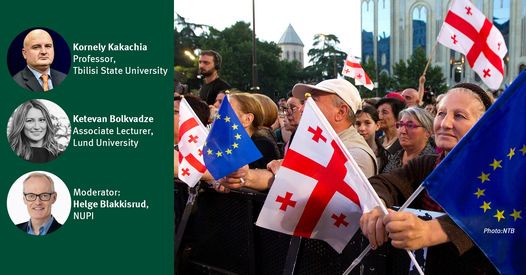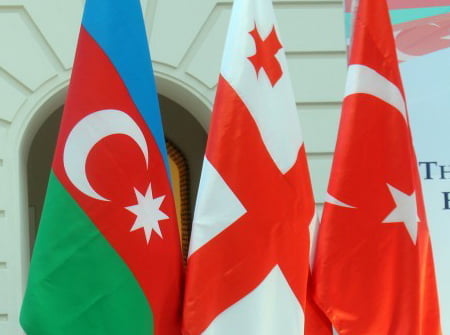2018-09-13 09:46:11
One of the main shortcomings of academic and policy-relevant studies that explore Euro-Atlantic integration processes in Georgia and in the other Eastern Partnership (EaP) states is the tendency towards EU-centrism – they focus exclusively on Western actors and analyze the European integration processes in the post-Soviet region from the bilateral perspective of European Union (EU) – EaP relations (see, for instance, EaP Index or the majority of academic research). Meanwhile, recently it has become obvious that unlike Central and Eastern Europe (CEE) and the Western Balkans (WB), the post-Soviet area represents a mosaic of overlapping influences and the EU is not the only game in town. The EU is not alone in its efforts to incorporate post-Soviet states into its economic and political structures; Russia, through its regional integration projects, as well as Turkey, Iran and other actors are also trying to accomplish the same thing. Hence one cannot study the European integration processes of the EaP states in isolation from other regional integration processes. This report aims to fill this gap. It offers a more sophisticated analysis of integration processes in the post-Soviet area, based on the example of Georgia. It asks two main questions: How integrated/ dependent has Georgia become on different regional and global actors over the past 25 years of its independence and how do the different integration schemes affect the process of Georgia’s Euro-Atlantic integration. The two questions are interrelated. The answer to the question concerning Georgia’s European integration may partly stem from the first question. Nevertheless a causal relationship between the two processes is not obvious: Georgia’s European integration may or may not depend on Georgia’s relations with other actors. Therefore, this report explores the extent that the multipolar external environment around Georgia actually impacts (the lack of) Georgia’s European integration.

